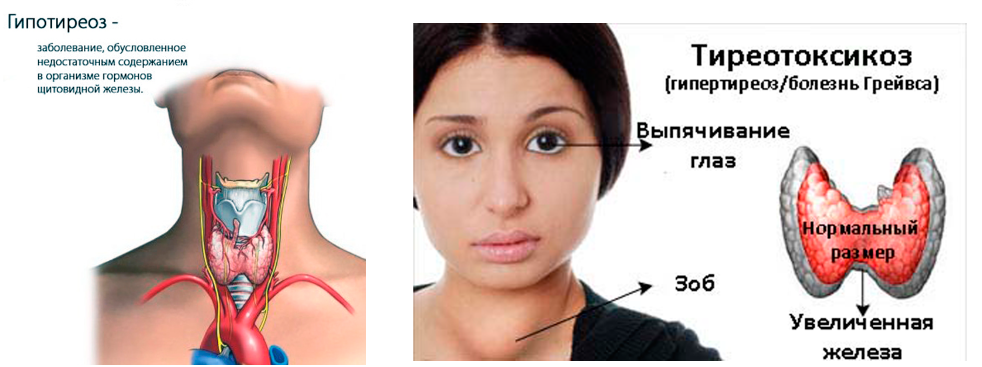Metabolic syndrome medication
 Today we want to tell about metabolic syndrome medication. When treating patients with metabolic syndrome, therapeutic measures should be directed to the main links of the pathology of this syndrome. The main goals in the treatment of patients with this syndrome should be considered:
Today we want to tell about metabolic syndrome medication. When treating patients with metabolic syndrome, therapeutic measures should be directed to the main links of the pathology of this syndrome. The main goals in the treatment of patients with this syndrome should be considered:
- weight reduction;
- achieving excellent metabolic management;
- achieving the best level of pressure;
- is an anticipation of long-term and acute cardiovascular complications.
main link pathology of the metabolic syndrome, and complications thereof, can be considered obese , violation of carbohydrate metabolism , insulin resistance , hypertension , dyslipidemia .Then this complex of symptoms can proceed with the predominant violation of a particular type of metabolism, which as a result determines the best directions of therapy in a particular case. The cornerstone in the treatment of the syndrome is in drug-free activities that are aimed at reducing body weight, changes in food standards, the rejection of various bad habits like smoking and alcoholism, increased activity, that is to say the formation of t. N.Healthy life regimen. The addition of drug therapy methods does not contradict non-medicamentous measures, but should be carried out in parallel. Non-drug therapy is more affordable, physiological treatment does not require significant expenditure, whereas significant efforts are required from doctors and the patient, because the treatment is associated with the use of time. Such activities should be carried out for life, because obesity is classified as chronic illness. When we talk about with indrum, its non-drug therapy includes diets and physical exercises, which ultimately should reduce the severity of obesity. The decrease in body weight and, in particular, the weight of visceral fat, should contribute to the correction of metabolic disorders, increased insulin sensitivity of tissues and a drop in pressure, significantly reducing and delaying complications. In the case of lack of effective non-drug treatment or the availability of specific indications created the need for medical or surgical correction of body weight, however, these activities should be carried out only when the ongoing non-drug interventions. Having determined the medical treatment of obesity, one must remember the high degree of risk of cardiovascular diseases in those with metabolic syndrome and be aware of the effects of drugs on it.
Metabolic syndrome and its treatment.
With the prevalence of carbohydrate metabolism, consisting of breaking tolerance to carbohydrates change, result from the lack of sufficient and substantial non-drug effects share the risk of diabetes or atherosclerosis, it is desirable Dobvlennaya drugs affecting the sensitivity of tissues against insulin and carbohydrate metabolism periphery.
The predominant presence in the clinical picture of dyslipidemia is the reason for prescribing lipid-lowering therapy. Indications for the appointment of this treatment are determined by the degree of risk of cardiovascular diseases and a critical indicator of the main characteristics of lipid metabolism.
important cause of treatment aimed at improving lipid and glucose metabolism, is to reach targets lipids and glucose, which lowers the risk indicator of diabetes, cardiovascular disease and atherosclerosis and raises the life expectancy of patients with metabolic syndrome. The therapy of arterial hypertension has to do with the pathogenetic treatment of the metabolic syndrome, because it contributes to the formation and growth of this syndrome.
In this case, it is necessary to take into account the effect of a specific antihypertensive drug on lipid and carbohydrate metabolism. It is desirable to use drugs that affect metabolism neutrally. It is better if they have the properties of reducing insulin resistance and improving lipid and carbohydrate metabolism. It is not desirable to use drugs with an initially known negative effect on metabolic processes and insulin resistance. Another important condition for treatment is reaching the desired levels of pressure - below 140/90 mm Hg. Art.(For diabetics less than 130/80 mm Hg), because when these levels are reached, fewer cardiovascular diseases can be observed.
Increased physical activity and a hypocaloric diet are considered the backbone of a weight loss program, but often only when used, it is difficult to achieve results. It is more difficult, having lowered weight, to support it at the reached level. Therefore in a number of situations it is necessary to add medications to weight loss to non-drug therapy of obesity therapy.
The indication for of medication is the presence of:
BMI & gt;30 kg / m2 or, BMI & gt;27 kg / m2 in combination with abdominal obesity, hereditary predisposition to type 2 diabetes and the presence of risk factors for cardiovascular diseases - hypertension, dyslipidemia and type 2 diabetes. Now it is allowed to use 2 drugs for obesity therapy. It is a preparation of peripheral action - orlistat and central action - sibutramine.
Orlistat or, as it is also called, xenical, reduces the absorption of dietary fats in the stomach due to the inhibition of gastrointestinal lipases, the main enzymes that participate in the hydrolysis of food triglycerides, the release of monoglycerides and fatty acids. This causes a situation where approximately 30% of the triglycerides of food are not digested and absorbed, thereby creating an additional calorie deficit in comparison with using only a hypocaloric diet. Orlistat is most often used by those who prefer to eat fatty foods, because in case of overeating of carbohydrates it loses its effectiveness.



